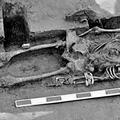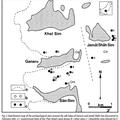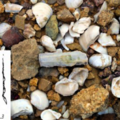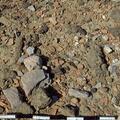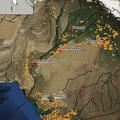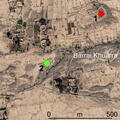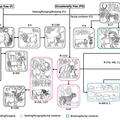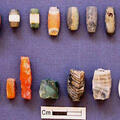Skeletal Paleopathology of Human Remains From Cemetery R37 at Harappa, excavated in 1987 and 1988
Excavations at the archaeological site of Harappa, Pakistan in 1987 and 1988 uncovered the remains of at least 92 individuals (84 adults and 8 juveniles), although only 19 were complete skeletons in primary contexts.

